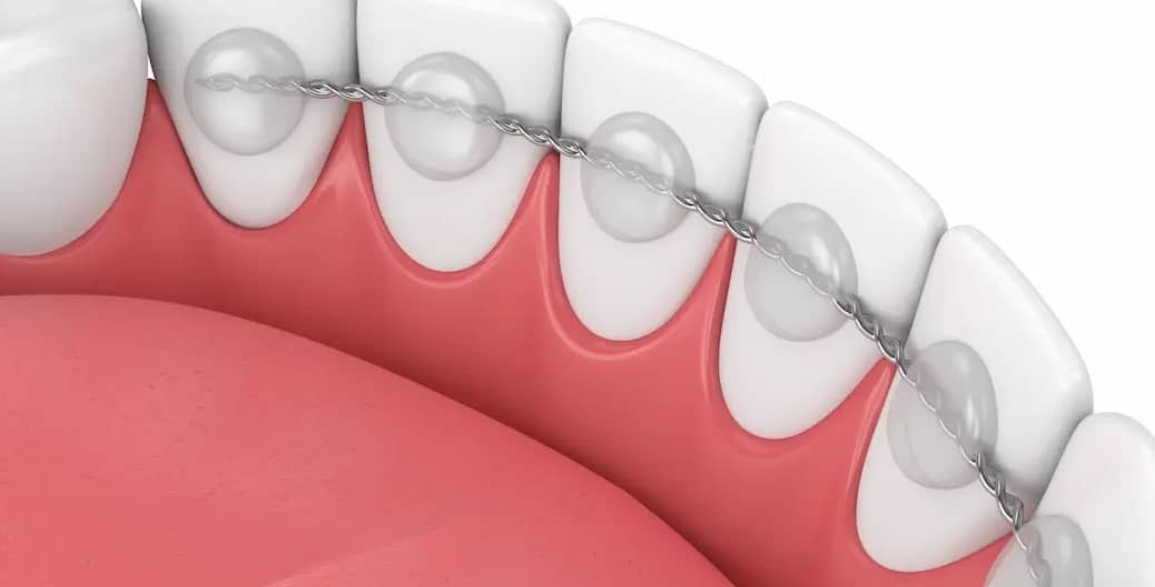Pay Online
Common Problems Fixed by Dental Bonding: Chips, Gaps, and More

Dental bonding is a popular and affordable cosmetic procedure that helps resolve many common dental issues. Whether you have chipped, cracked, or discolored teeth or gaps between your teeth, dental bonding offers a simple and effective solution. The process involves applying a tooth-colored resin to the affected area, which is then shaped to match the natural contours of your teeth. Bonding not only restores your smile but also improves the function of your teeth. In this article, we will explore the various problems fixed by dental bonding and why it’s an excellent option for many patients.
1. Chipped Teeth
Chipped teeth are a common issue that many people face. Whether from a fall, accident or even biting something too hard, a chipped tooth can be bothersome.
How Bonding Fixes Chips?
- A tooth-colored resin is applied to the chipped area.
- The resin is molded to blend with the tooth’s natural shape.
- The material is hardened using a special light, providing a durable fix.
Why Choose Dental Bonding for Chips?
- Quick procedure—usually completed in one visit.
- Affordable compared to other treatments like crowns.
- Minimal removal of the natural tooth structure.
- Immediate results that restore your smile without the need for extensive procedures.
2. Gaps Between Teeth
Gaps between teeth can be frustrating and may affect your smile’s appearance. Luckily, dental bonding is an excellent solution for closing these gaps.
How Bonding Fixes Gaps?
- Bonding material is applied to the sides of teeth to fill the gap.
- The resin is shaped to match the natural contour of your teeth.
- Once hardened, the material stays in place, creating a seamless look.
Benefits of Using Bonding for Gaps
- Fast and effective solution.
- It can be done in one appointment.
- Results are natural and blend well with existing teeth.
- Bonding is non-invasive and doesn’t require drilling.
3. Cracked or Broken Teeth
Cracked or broken teeth can cause discomfort and even affect your bite. Bonding is a great way to restore the tooth’s structure and improve its strength.
How Bonding Addresses Cracks?
- Bonding material is applied to the cracked area.
- The resin is shaped to restore the tooth’s form.
- The hardened resin seals the crack, preventing further damage.
Why Bonding Is Effective for Cracks?
- Quick, non-invasive procedure.
- Cost-effective alternative to crowns or veneers.
- It’s a durable solution that prevents further cracks from forming.
- Bonding helps maintain the natural look and function of the tooth.
4. Discoloration or Stains
For those struggling with stubborn stains or discoloration, dental bonding can provide a quick fix and help restore the natural look of your teeth.
How Bonding Improves Discolored Teeth?
- A tooth-colored resin is applied to the discolored teeth.
- The resin is shaped and sculpted to match the natural color.
- The bonding material can cover stains that other treatments may not remove.
Advantages of Using Bonding for Discoloration
- Immediate results.
- Less invasive than other cosmetic treatments like veneers.
- Durable and long-lasting improvement for stained teeth.
- Bonding helps restore the natural luster of your teeth without extensive procedures.
5. Uneven Tooth Shape or Size
Teeth that are uneven in size or shape can affect the overall symmetry of your smile. Dental bonding can restore a more balanced appearance.
How Bonding Fixes Uneven Teeth?
- Bonding material is applied to the tooth to reshape or build it up.
- The resin is sculpted to match the desired shape and size.
- After hardening, the tooth looks uniform with the rest of your teeth.
Why Bonding Works for Uneven Teeth?
- A quick and convenient solution that requires minimal time.
- It’s more affordable than crowns or veneers.
- It allows for minor adjustments without invasive treatments.
- Bonding can fix small imperfections to create a more balanced smile.
6. Sensitive Teeth
Sensitive teeth, especially those with exposed roots or worn enamel, can be uncomfortable. Dental bonding can help reduce sensitivity and improve your overall comfort.
How does Bonding help with Sensitivity?
- Bonding material covers exposed areas of the tooth.
- It seals the tooth, providing a protective layer.
- Bonding can also help reduce sensitivity to hot and cold temperatures.
Benefits of Bonding for Sensitivity
- Fast relief from discomfort.
- Non-invasive and simple procedure.
- Provides long-lasting results without removing tooth structure.
- Bonding can protect the tooth from further damage and reduce the risk of future sensitivity.
Aftercare Tips for Maintaining Your Dental Bonding
These aftercare tips can help prolong the life of dental bonding and keep your smile looking great.
- Avoid Hard or Sticky Foods: Stay away from chewy or hard foods for 24-48 hours after bonding to prevent damage to the material.
- Maintain Good Oral Hygiene: Brush and floss regularly to avoid plaque buildup around the bonded area, but use a soft-bristled toothbrush.
- Avoid Staining Agents: Refrain from consuming dark-colored foods and drinks like coffee, tea, or wine, as the bonding material can stain.
- Wear a Mouthguard if Needed: If you grind your teeth at night, use a mouthguard to protect the bonding from wear.
- Follow-up with Regular Checkups: Visit your dentist regularly to monitor the condition of the bonding and ensure it remains intact.
Dental bonding is a versatile and effective solution for a variety of common dental issues. Whether you’re dealing with chipped, cracked, or discolored teeth or want to close gaps, dental bonding can restore the function and beauty of your smile. It’s an affordable, non-invasive option that offers long-lasting results, often in just one visit. By addressing issues such as sensitivity and uneven teeth, bonding can significantly improve both the aesthetics and comfort of your smile. If you’re looking for a quick and reliable fix for common dental problems, dental bonding may be the perfect solution.



